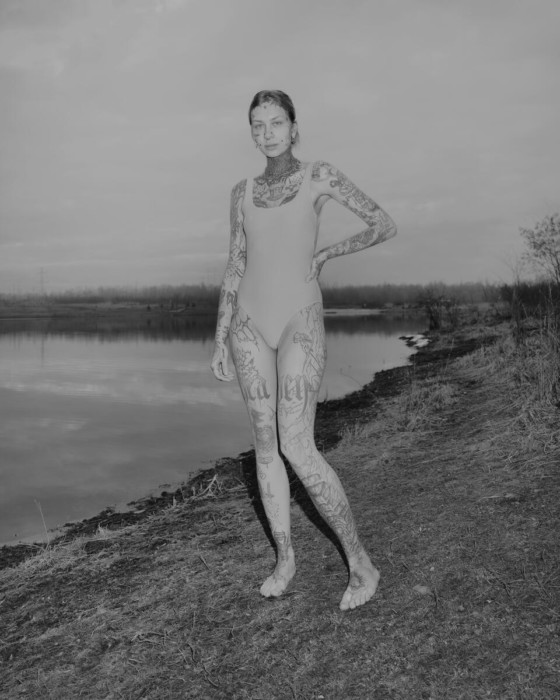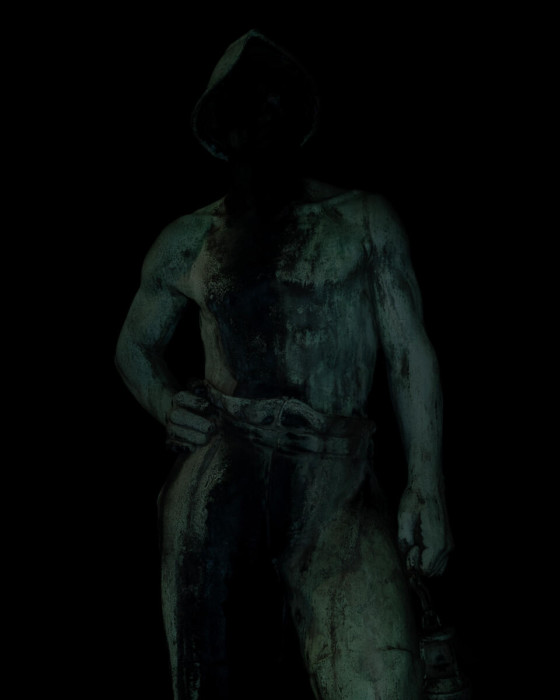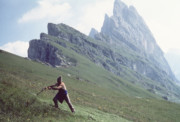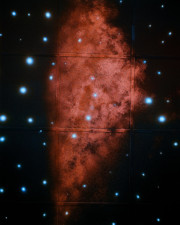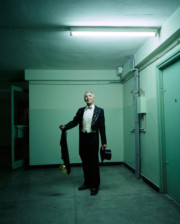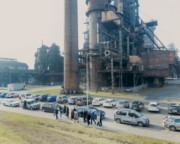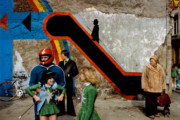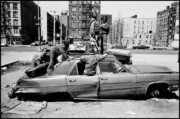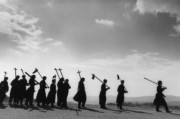Neighbors: Rafał Milach Returns to Upper Silesia
The first new commission of the “A World in Color” project, in collaboration with Fujifilm, Milach shoots a series of images in response to the unseen Magnum color archives of Czechia
In the early 2000s, at the very beginning of his photographic career, Rafał Milach began to document Upper Silesia — an area stretching from southern Poland into areas of Czechia, predominantly known for its heavy industry. Over twenty years later, he returns to the region in which he grew up, this time across the border on the Czech side.
The series was made as part of the “A World in Color” series, in which a Magnum photographer responds to a selection of unseen color images found in the Magnum color library archive in Paris — a melding of past and present generations of the agency. Created in collaboration with Fujifilm as part of their 2025 FUJIKINA live events in Europe, Milach uses Fujifilm’s medium format GFX100RF.
Rafał Milach: Growing up in communist Poland near the border with then-Czechoslovakia, home antennas — since there were no satellite transmissions — easily picked up Czech television programs. Iconic animations such as “Neighbors” (Pat & Mat) or “The Little Mole” (Krtek) laid the foundation for curiosity about what was beyond the southern Polish border. In primary school, my friends looked on with envy at the owners of “Made in Czechoslovakia” pencils and erasers. Everything that came from the country seemed familiar and close on the one hand, and distant and fascinatingly mysterious on the other. The image of the world that I first looked at through the eyes of “Neighbors,” and many years later through the photographs of my Czech students at the Silesian University in Opava, was different from the one I knew from my own backyard.
Although living in Polish Upper Silesia, I was closer to Ostrava than to Warsaw. Every time I crossed the border, I observed the world with a photographically trained eye, which composed frames full of the surreal tension between the landscape and the everyday life suspended in it. Such an image began to crystallize south of my hometown, just 45 minutes by car. I could compare this feeling to a sudden fog descending, when the senses operate on different frequencies, registering situations impossible to capture in my immediate Polish surroundings. This world has been made up of the same elements that all people’s democracies were built from, and yet something in the Czech space has always sounded different. It is like the difference of one vowel in a word that means the same thing in our almost twin languages. This small shift can make a big difference in the perception of our seemingly identical realities.
That is why I was excited to browse previously unseen photographs by Magnum photographers who came to Czechoslovakia to document its liberation from the Soviet occupation and, in the late 1980s, the fall of the communist regime and the euphoria that accompanied it. I wondered if, when photographing scenes from everyday life taking place on the periphery of the political spectacle, they were accompanied by the same feeling of heightened senses that I experienced many times when crossing the Czech border several decades later. These experiences, separated by several decades, are seemingly different in almost everything; from the political and economic context to the photographers’ countries of origin. However, one can attempt to connect them through their common denominator: a search for the identity of a region that has undergone a radical political and economic transformation. More than 35 years have passed since The Velvet Revolution, but the consequences are still felt in many places today.
"More than 35 years have passed since The Velvet Revolution, but the consequences are still felt in many places today. "
-
While browsing through sheets of color slides by Magnum Photos photographers, I found one entitled “Industrie.” It did not contain a single photograph, except for Elliot Erwitt’s picture from Brno. That is why I decided to fill this gap with photographs from post-industrial Czech Silesia, a region that was most brutally affected by the transformation, and which I began documenting in my native Polish Upper Silesia in the early 2000s. This last journey, once again after crossing the border, was accompanied by a feeling of excitement; the fog cleared and images began to materialize in front of the lens.
Milach’s “Neighbors” was presented at Fujifilm’s Czechia FUJIKINA event in Prague from March 22 to March 23, 2025. For more information on upcoming events across Europe, visit the “A World in Color” series here.





